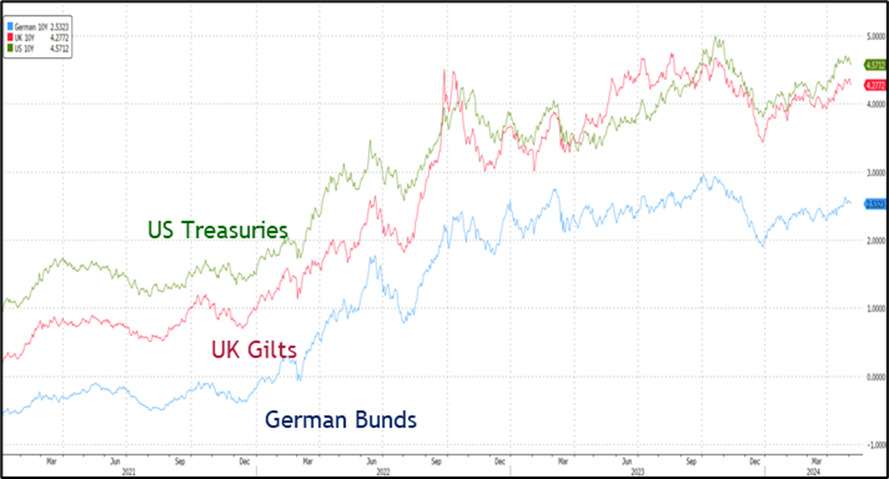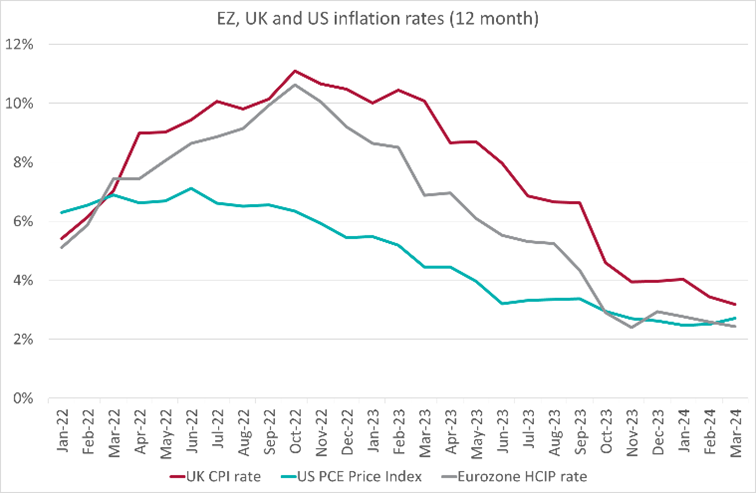When it comes to investing in strategic pooled funds, there are many approaches. These can range from income maximisation or capital growth to capital preservation and volatility reduction. There are also several styles employed by the funds themselves; value or growth, active or passive – and strategies may focus on income generation or capital appreciation or a combination of the two. It is important to understand what you are investing in, and how these interplay with each other within a portfolio. So how do you select which funds are optimal for your strategy? That depends on your objectives and the amount of risk you are willing to take with your investment approach.
Strategic investments are a long-term option and should not be undertaken lightly and certainly not without the appropriate due diligence. This includes reviewing the fund’s objectives and strategies and assessing the fund’s past performance versus its benchmark or target and versus its peer group.
There is a plethora of appropriate options for long term investors. These include property, equity, multi-asset and bond funds. Each of these have their advantages and disadvantages; property is familiar, yet relatively illiquid; equity can have relatively higher income but is much more volatile; multi-asset funds try to maintain a relatively high income and mitigate some volatility with bond or alternative exposure; and bond funds aim to offer a lower volatility but more stable income level over the long term. However, if investors have the cash balances available, they can create a portfolio of their own to mitigate the volatility of a selection of funds by aiming to offset these against each other to maintain a balanced and well performing portfolio.
Arlingclose does this using a correlation analysis to assess how correlated a selection of fund returns are with each other, and builds a portfolio based on the selection of funds that aims to minimise the volatility of the portfolio as a whole.
Arlingclose’s analysis can suggest an allocation that will minimise the volatility and balance the total return of the portfolio; all based on the investor’s risk specification. The correlation matrix can be seen below, showing how correlated various fund types are. Equity and bond funds tend to have a lower level of correlation with each other; equity funds have a high correlation with other equity funds. Multi asset funds tend to have a higher correlation with bond funds than with equity funds based on their proportional exposure and contribution of return of bonds. The main diversifier in this example below is the property fund asset class, which in recent years has been less volatile asset class and uncorrelated asset prices swings through the current coronavirus crisis.

Using various allocations of a selection of funds, we can depict the maximum return for each level of risk taken. Plotted on a chart, it looks like the below efficient frontier. As the term frontier suggests, it depicts the limits of what can be achieved for a given level of risk. The x-axis shows the level of volatility, the y-axis shows the level of return.
By taking on more risk, the potential return increases, but to a point. Below, 4 hypothetical portfolios have been added. Portfolio 1 is low risk and high return, but cannot exist, as it is outside of the frontier. However, the same level of return, can be achieved with higher volatility, depicted by portfolio 2, within the frontier. However, if a client has a lower risk tolerance, portfolio 3 can be created, bearing in mind that lower volatility will lead to a lower return. Lastly, portfolio 4 is a low return, high risk portfolio; this depicts a poor selection of funds that are not compensating the level of risk taken with an appropriate level of return and should therefore be avoided. The frontier represents the optimal level of return for given levels of risk through various fund allocations; investors may accept “sub-optimal” allocations, simply because the size of the portfolio affects the reasonable allocation of funds. Portfolios should also take into account other risks such as concentration risk with one fund manager.

Arlingclose can assist with the above analysis, due diligence on funds and portfolio creation. Please contact Stuart Jones here for more information. Additional fees may apply.